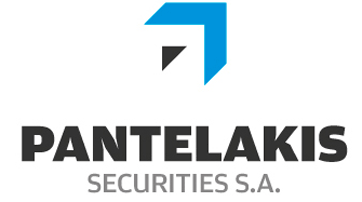In 2014, the European Commission revised the MiFID framework (see “MiFID I” section) and published MiFID II Directive 2014/65/EU (“MiFID II”) and Markets in Financial Instruments Regulation (EU) 600/2104 (“MiFIR”).
MiFID II, MiFIR and all delegated regulations and Directives set out the new regulatory framework for the financial instrument markets in Europe. MiFID II aims, among other thing, at greater transparency and protection of the investors as well as more effective market operation.
MiFID IΙ was incorporated into Greek legislation in January 2018 through Law 4514/2018.
Some of the main changes introduced by MiFID II are:
– Fairer, safer, and more efficient markets and greater pre- and post-trade transparency for all participants.
– The protection of investors is strengthened through the introduction of new financial product governance obligations, which define the responsibilities of product manufacturers and distributors (including introduction of target market assessment).
– The creation of a new trading venue, called Organised Trading Facility (“OTF”), which is introduced for non-equity instruments (e.g. bonds, derivatives, structured products); furthermore, investors can trade directly with investment firms that have adopted the status of a Systematic Internaliser.
– Strengthening of reporting of transactions to regulators—trade reports will need to be published through Approved Reporting Mechanisms (ARM) and Approved Publication Arrangement (APA) firms, which will also be subject to authorization and certain organizational requirements.
-Strengthening of existing requirements related to remunerations and inducements— the possibility for investment firms to pay/provide or being paid/provided monetary or non-monetary benefits to/from a third-party will be subject to stricter conditions.
For more information on the MiFID II, please see the following documents:



